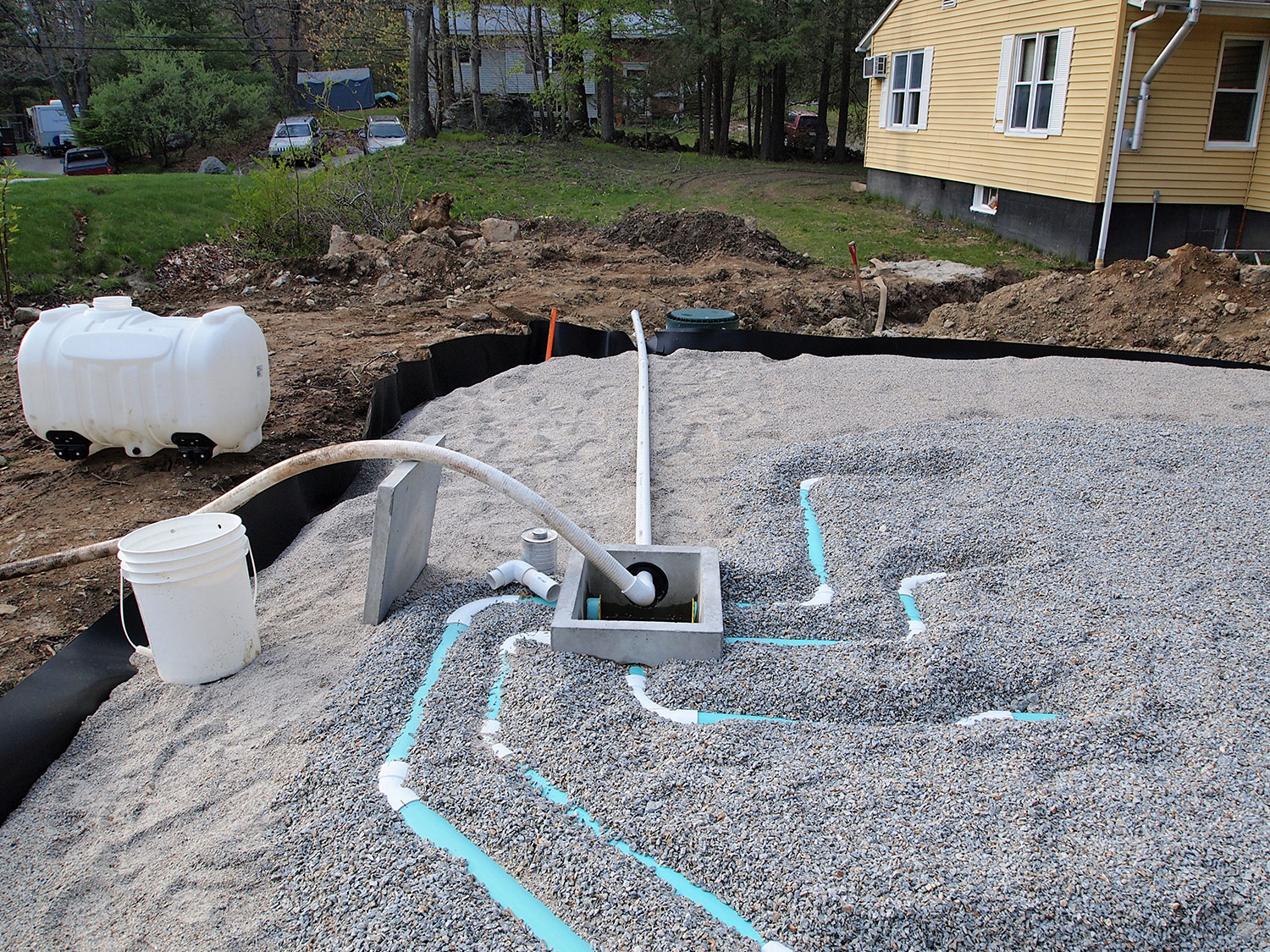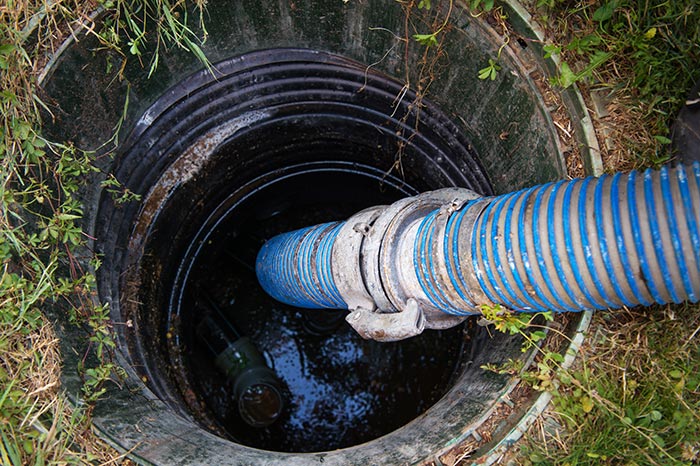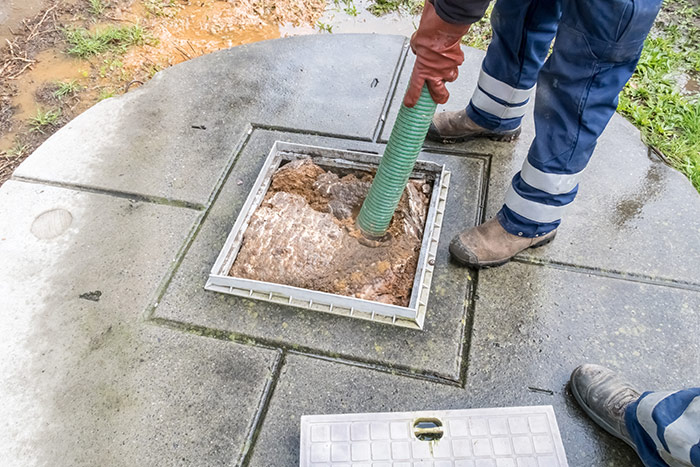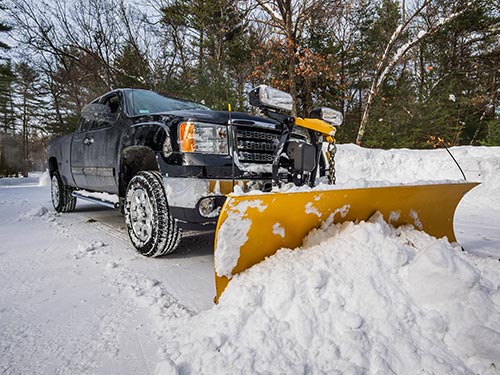
The septic tank is an integral part of many properties, quietly doing their job underground, and in the hustle and bustle of daily life, we often forget about what's beneath our feet. However, locating your septic tank is crucial for several reasons. Whether you're planning maintenance, embarking on a construction project, or simply want to stay informed about your property, knowing how to find your septic tank is essential.
Why Find Your Septic Tank?
Septic tanks are buried underground in order to be discreet. These tanks are eyesores, and they house your home’s wastewater—not exactly something you want your guests to see and smell. So, why is it so crucial to know where this tank is located on your property? Here are a few reasons.
Maintenance Access
Regular septic tank maintenance is key to ensuring its longevity and optimal functionality. In fact, these tanks need to be pumped every three to five years, and neglecting maintenance can lead to costly repairs to your septic system down the road. Finding your tank allows for easy access, making routine inspections and pumping a breeze.
Easier to Spot Issues
By knowing your septic tank's location, you can keep an eye out for signs of trouble. Cues like odorous areas, lush patches of grass, or depressions in the soil can indicate a full septic tank, which need immediate attention.
You're Building a New Structure
Before building on your property—whether it’s a simple garden shed, a large gazebo, or some other structure—you need to know where your septic tank is so that you don’t build on top of it. Construction over the tank can damage it, disrupt sewage flow, and lead to expensive repairs. It will also be harder to access the tank for maintenance. Proper planning ensures a trouble-free and efficient building process.
You're Starting a Digging Project
Whether you're planting trees, installing a new fence, or digging a garden pond, knowing your septic tank's location is crucial to avoid accidental damage. Accidentally hitting the tank during excavation can result in hazardous sewage spills, environmental contamination, and costly (and smelly) repairs. Knowing its location ensures a safe and smooth digging process.
How to Find a Septic Tank
Now that you understand the importance of locating your septic tank and some places you may be able to rule out, let's explore practical methods for locating your tank.
1. Review Your Property's Documents
Start by checking any official paperwork and inspection documents you have on hand for your property. There may be a property map or blueprints that indicate the tank's location, which is typically anywhere from five to 25 feet away from the house structure. This information can be a valuable starting point that will help you find the exact spot your septic tank is buried.
2. Check for Visual Evidence Around the Property
Walk around your property and look for visual cues. Is there an area with lush, green grass, even during dry spells? It could be that sewage leaked out at some point and is fertilizing the landscaping above your septic tank. Are there depressions or mounds in the ground that seem out of place? These often occur as a result of mis-sizing during the digging process, and these signs can indicate the presence of a septic tank.
3. Follow Your Home's Main Sewer Line
If you’re still unsure of your tank’s location after examining your documents and your property for clues, you can figure out the general area by following your main sewer line. This pipe directly connects to your septic tank, almost certainly in a straight line.
Inside your home, head to the basement, crawl spaces, or cellar to take a look around for the main sewer line.
Look for a pipe that has a diameter of about four inches and is made from a sturdy material like heavy PVC or cast iron.
Once located, visually follow the main sewer line from where it exits your house.
Head outside to the corresponding outdoor location where the pipe exited.
Follow the logical straight path of the sewer line, moving away from your home in a straight line.
Look for visual evidence of the septic tank along the way, such as uneven ground or inconsistent grass and plant growth.
Once you find the possible location of the septic tank after following the main sewer line, you can use a couple of different tools to confirm its location.
4. Use a Soil Probe or Metal Detector
Septic tank covers contain some metal, so if you happen to have a metal detector on hand, this could save you some time and effort. If you don’t have one, however, a metal soil probe can be a handy tool for locating your underground septic tank. By gently inserting the probe into the ground in areas where you suspect the tank might be, you can feel around for resistance or a hollow area, which could be the tank.
5. Check With Your Local Records Office
Since faulty septic tanks have the potential for negative environmental impact—like contaminating local water supplies—many municipalities require installers to get permits prior to placing septic tanks. This requirement is good news for you since your county probably maintains records of your septic tank's underground location for safety and protection. Contact your local records office to find out if that’s the case.
Mark Your Septic Tank's Location
Once you've successfully located your septic tank, it's crucial to mark its position for future reference. Use durable materials like stakes, flags, or even a small permanent structure—like a potted plant or a bird bath—on the ground to clearly indicate its location.
Source: angi.com






